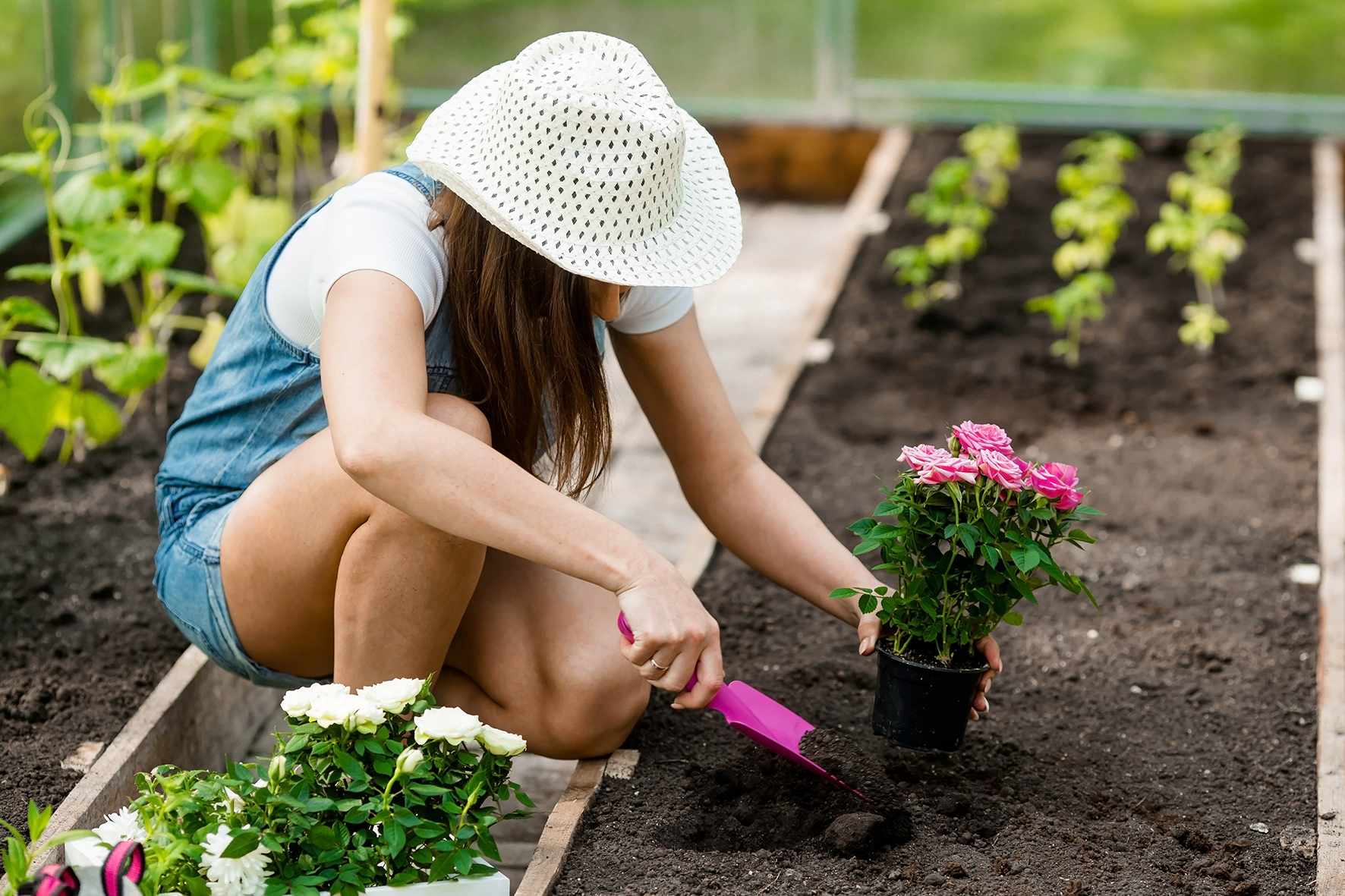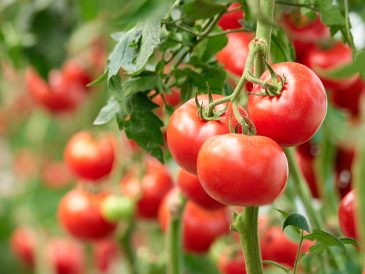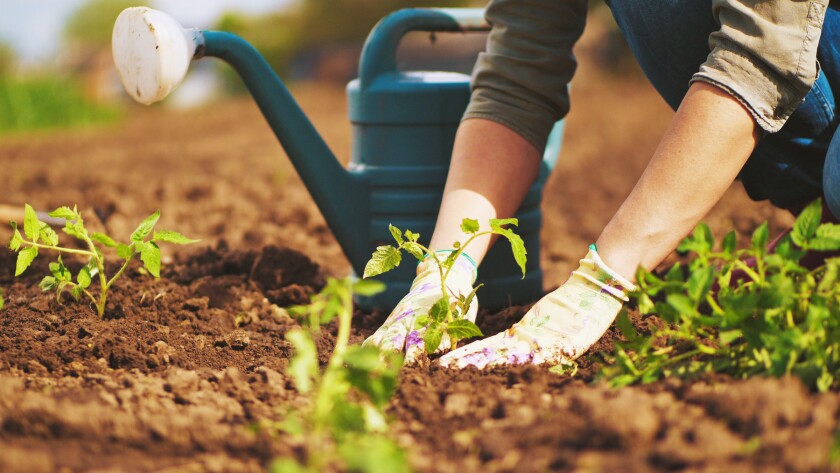For an abundant harvest, vegetables must be provided with the nutrients necessary for their growth. A soil rich in mineral elements improves the quality of yield and crops. Even if you are an organic farmer and use natural fertilizer, it is necessary to supplement the nutrient supply with chemical fertilizer. Chemical fertilizer promotes plant development and immunizes plants against diseases. Find out in this article which type of fertilizer to choose to harvest delicious vegetables in large quantities.
The Composition of Chemical Fertilizers
There are three chemical elements in the composition of fertilizer: nitrogen (N), phosphorus (P), and potassium (K). But it can also include root growth stimulators such as minerals and trace elements. Each package mentions the details of the chemical composition of the content: name of the main mineral elements and secondary elements, percentage in the composition, etc. For example, a 15-30-15 fertilizer contains 15% nitrogen, 30% phosphorus and 15% potassium.
In general:
– Nitrogen promotes foliage growth and development;
– phosphorus contributes to root development;
– and potassium ensures flowering and fruit growth.
You will find fertilizers in granular, stick or liquid form on the market. Their effect on the soil can vary widely. Some act in a short time; others can act slowly (as is the case with slow-release fertilizers).
Before applying fertilizer, read the instructions carefully and respect the recommended doses. Neglecting to do so can damage your plants. An overdose of nitrogen fertilizer weakens them and makes them more vulnerable to diseases and aphids. In addition, too much fertilizer can burn their roots. It also harms mycorrhizae, a fungus that allows plants to absorb water and mineral elements better.
Types of Fertilizers on the Market
Several types of ready-to-use fertilizers are available in garden centers, hardware stores, and supermarkets. Each category of vegetables has its own type of fertilizer.
For Fruiting Vegetables
Vegetables like peppers, tomatoes, melons, eggplants, zucchinis, cucumbers, or cucurbits require a large amount of fertilizer, particularly rich in potassium. Choose fertilizers with the composition NPK 4-6-10 or NPK 5-4-12. There are also “tomato” fertilizers that can be used for all types of fruiting vegetables and strawberry plants.
For Leafy Vegetables
We are talking about salads, endives, cabbage, celery, spinach, leeks, chervil, rhubarb, herbs, etc. Nitrogen-rich fertilizers are best suited for them. They promote leaf growth and provide mineral salts. Choose NPK 7-4-3 or NPK 10-9-8 as “salad” fertilizers.

For Root Vegetables
Potatoes, salsify, carrots, turnips, asparagus, beets, and radishes require a high phosphorus and potassium content. You must then choose a fertilizer of type NPK 4-6-10 or NPK 3-7-15.
For Legumes
These are peas and beans. As they absorb atmospheric nitrogen, they do not require any fertilizer. Moreover, cultivating these plants is strongly recommended to improve the soil and provide nitrogen for other plants that need it. Legumes are fertilizers in themselves, so they are called “green manures”.
How To Use Fertilizers
The application of vegetable fertilizers differs according to their form:
Granular fertilizers: to be spread on the soil in 2 times: when preparing the soil and in the middle of spring.
Fertilizer sticks: to be introduced into the soil at the time of planting. They are best suited for pot crops. Be careful! Make sure that they do not touch the roots of the plants as this could burn them. The operation must be repeated according to the instructions on the packaging.
Liquid or soluble fertilizers: to be diluted with water. The application must be done several times a month while respecting the manufacturer’s recommendations on the quantity.





